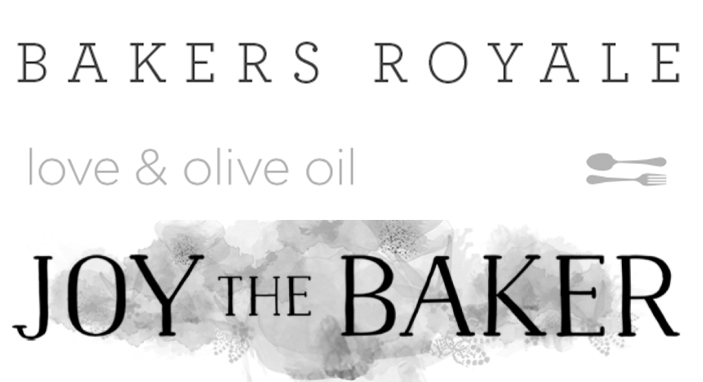Splashed in red and pink, Valentine’s Day overflows with flowers, grand gestures, cute cards, balloons, singing stuffed animals and, of course, candy. While hearts with sweet words will do the trick in a pinch, everyone knows the way to someone’s heart is chocolate.
Drugstores begin filling up with heart shaped boxes wrapped in red cellophane in various sizes — ranging from moderate to monstrous — even before January ends. However, inside these packages that promise to communicate the size of your affection lurks cringingly sweet filled chocolates with a lingering aftertaste of cheap artificial flavorings. Bars and Kisses recline smugly in their wrappers on neighboring shelves as they pass as chocolate, just barely. It seems almost inevitable that one on a low budget must choose from this minefield of adulterated American chocolate.
Chocolate 101
Before we proceed, a crash course in chocolate will be helpful. The percentage often seen on chocolate wrappers — or not seen, depending on the brand — refers to the cacao content. While saying this word makes you sound incredibly knowledgeable and pretentious, cacao is simply the name of the tree and its beans from which chocolate is made. The percentage represents the amount of actual chocolate in the product, including chocolate liquor — commonly known as unsweetened or baker’s chocolate — and cocoa butter.
While the name is often misleading, chocolate liquor is simply chocolate in its purest form and the first step in producing any other type of chocolate. Roasted cacao beans are ground and liquefy as the cocoa butter heats up and mixes with the cocoa solids. Although the fat content may be slightly adjusted, absolutely nothing else is added.
A higher cacao percentage equals a higher cacao content, which generally means better chocolate. If the chocolate is of good quality, chocolate liquor will make up all or most of the percentage listed on the package. However, some manufacturers will add additional cocoa butter to the chocolate liquor for a higher cacao percent at a lower cost, resulting in less flavorful, lower quality chocolate. For instance, dark chocolate labelled as 60 percent cacao content could contain 40 percent chocolate liquor and 20 percent cocoa butter. Thankfully the Food and Drug Administration’s legal minimums for chocolate are solely in terms of chocolate liquor, which keeps companies from taking this abuse too far.
Cheap milk chocolate like Hershey’s hovers over the FDA’s legal minimum of 10 percent chocolate liquor at a mere 11 percent. Self-respecting milk chocolate, such as Lindt or Ghirardelli, resides in the neighborhood of 30 percent — a rather dramatic difference.
The FDA requires semisweet and bittersweet chocolate to contain at least 35 percent chocolate liquor. Dark chocolate, an umbrella term for both these types of chocolate, must abide by this regulation. Hershey’s “Extra Dark” chocolate has a 60 percent cacao content, which indicates that their “Special Dark” chocolate contains a lower percentage. From the texture and flavor of the chocolate, I would not doubt that a good portion of that percentage is cocoa butter, pushing the actual chocolate liquor content closer to the FDA minimum standards.
Even worse, a closer look at some ingredient labels reveal dreaded words like “chocolate candy” or “chocolatey,” meaning it does not meet the standards of identity for chocolate. Often, these imitators replace cocoa butter with vegetable oils to cut costs and utilize clever packaging to distract from the facts.
A sweet solution
In a world where affordable means 89 percent sugar, milk products, vegetable oil and other fillers, there still is hope. Step away from the Russell Stovers and the Mockolate-like substances. You can satisfy the sweet tooth of you and your sweetheart without forking over an entire paycheck. There is inexpensive chocolate worth eating hiding in plain sight if you look.
- Trader Joe’s: Known for their low prices and quality products, this wonderful store was my first and most obvious choice. From small bars of Valrhona milk and dark chocolate for $0.99 to larger bars of Fair Trade dark chocolate for $1.99, their selection is as vast as their quality is high. For the more adventurous, many chocolate bars with spices, chilies, caramel or salt are also $1.99. Not many of their chocolate bars or confections price over $5.
- Fresh and Easy: For the longest time I was under the misconception that Fresh and Easy featured prices similar to Whole Foods’ sticker shock. Fortunately, this is not the case. Like Trader Joe’s, they have delicious store-brand chocolate of great quality. Most chocolate bars are $1.99, though the largest size of “One Huge Hunk” milk and dark chocolates are $4.39. I highly recommend the “Hunk” dark chocolate — it has a pleasant bitterness alongside notes of dark fruits like cherry — nothing I ever expected from a chocolate bar that comes in a three pack for under $2.
- CVS: Yes, this chocolate snob likes Dove. While I prefer other chocolate over it, something about the little foil hearts with inspiring messages makes me smile. Their dark chocolate, unless otherwise labelled, is between 50 and 60 percent cacao and the milk chocolate tastes like it is at least in the mid-20 percent range. Bags of Ghirardelli bars and Lindt truffles are also sold at CVS, though they tend to be a little less affordable than Dove.
- Godiva: Although they are known for high prices, Godiva has a secret. The Godiva Rewards Club allows members to get one free truffle every month. It is completely free and there is no catch. Simply register online or in a store and return the next month for your first treat. It’s a Valentine’s Day present to yourself that gives all year.
Some of these stores are as close as a five-minute drive, or 20-minute walk, down Imperial Highway or La Mirada Boulevard, and it is worth the trip. Whether you are buying a Valentine’s treat for a special someone, for good friends or just because you are craving chocolate after reading this column, there is nothing better than the gift of delicious chocolate that leaves you satisfied instead of disappointed.










